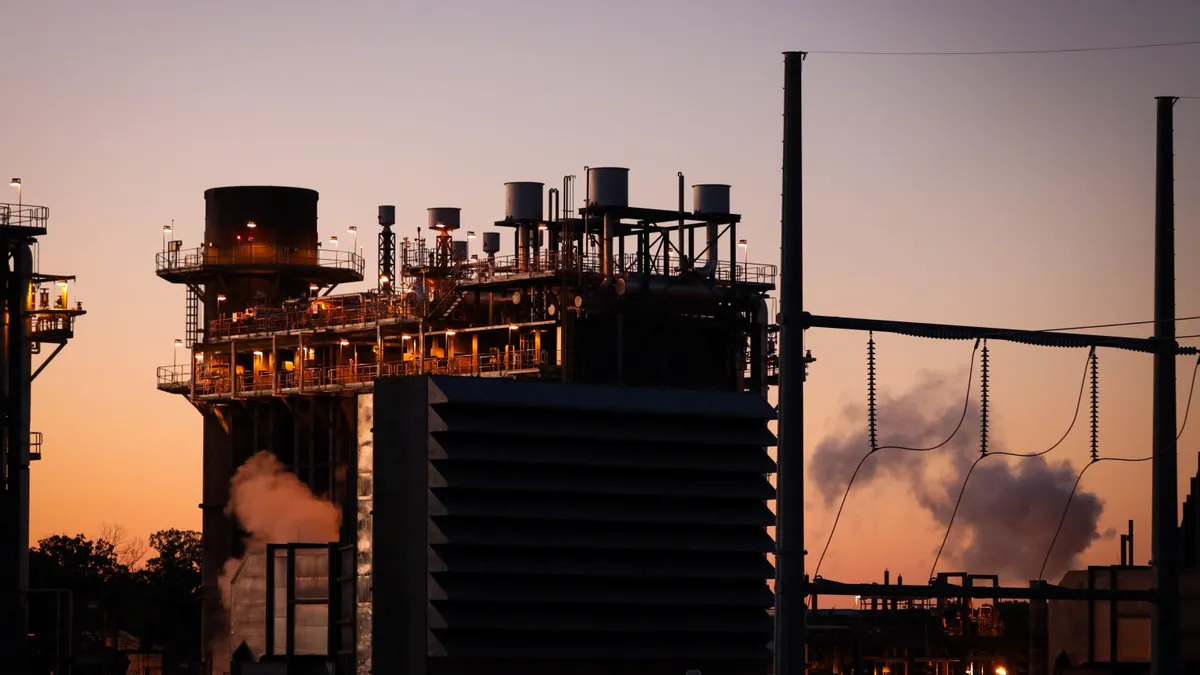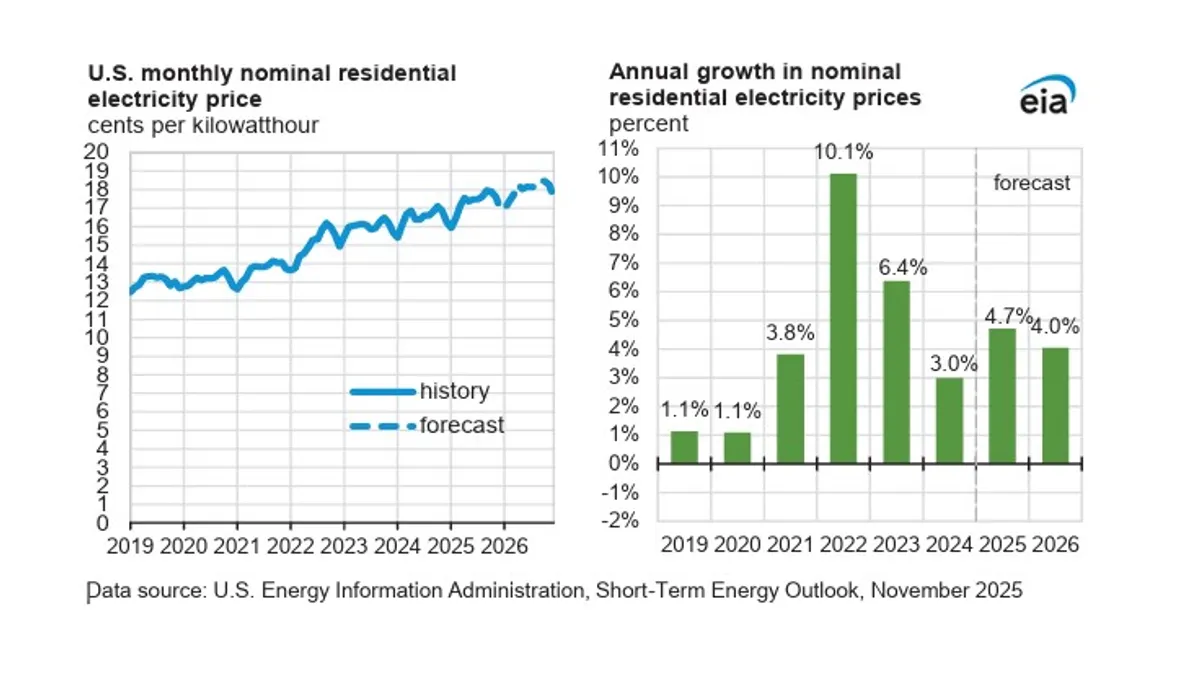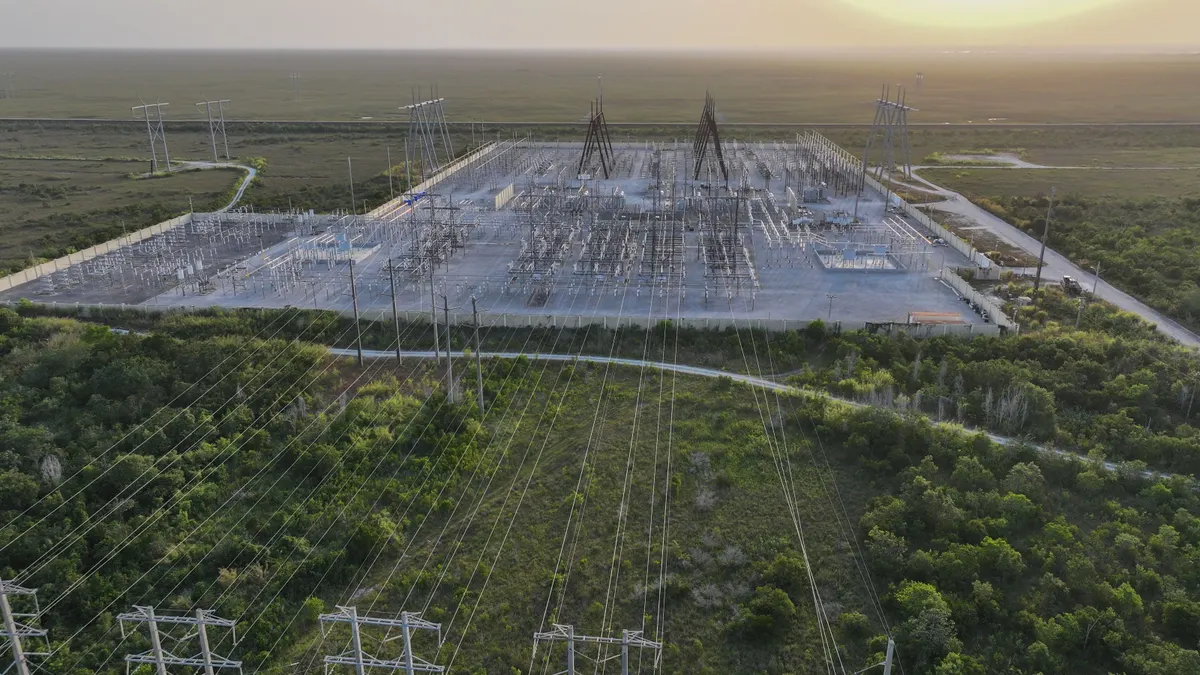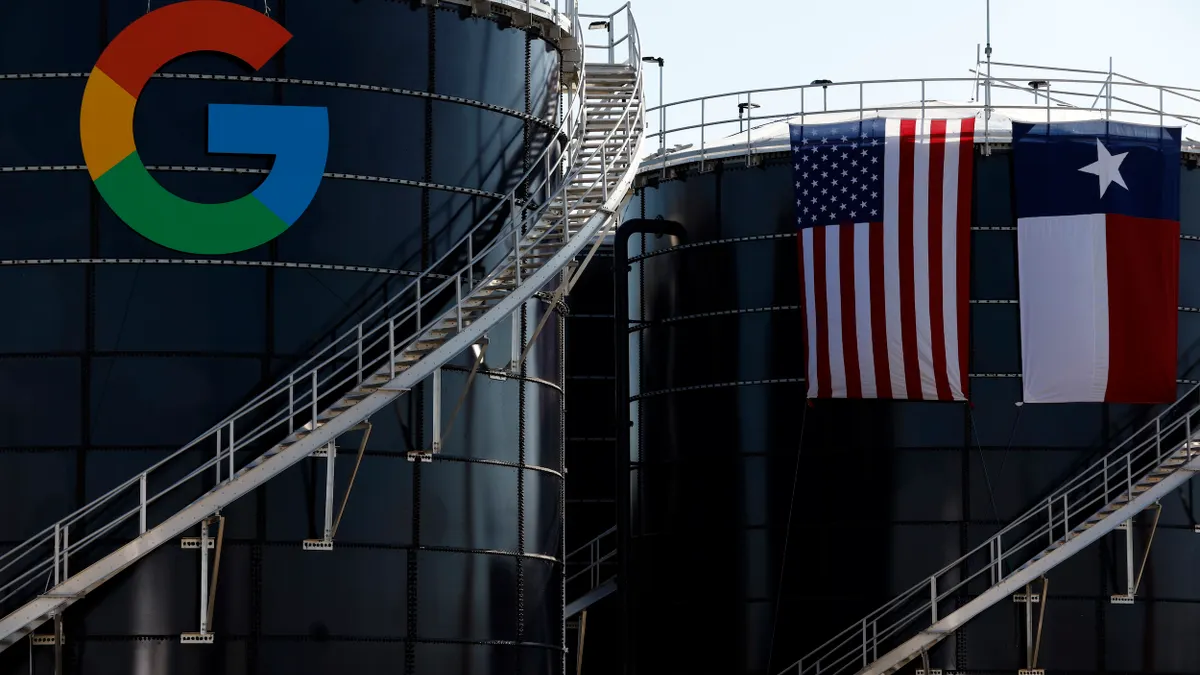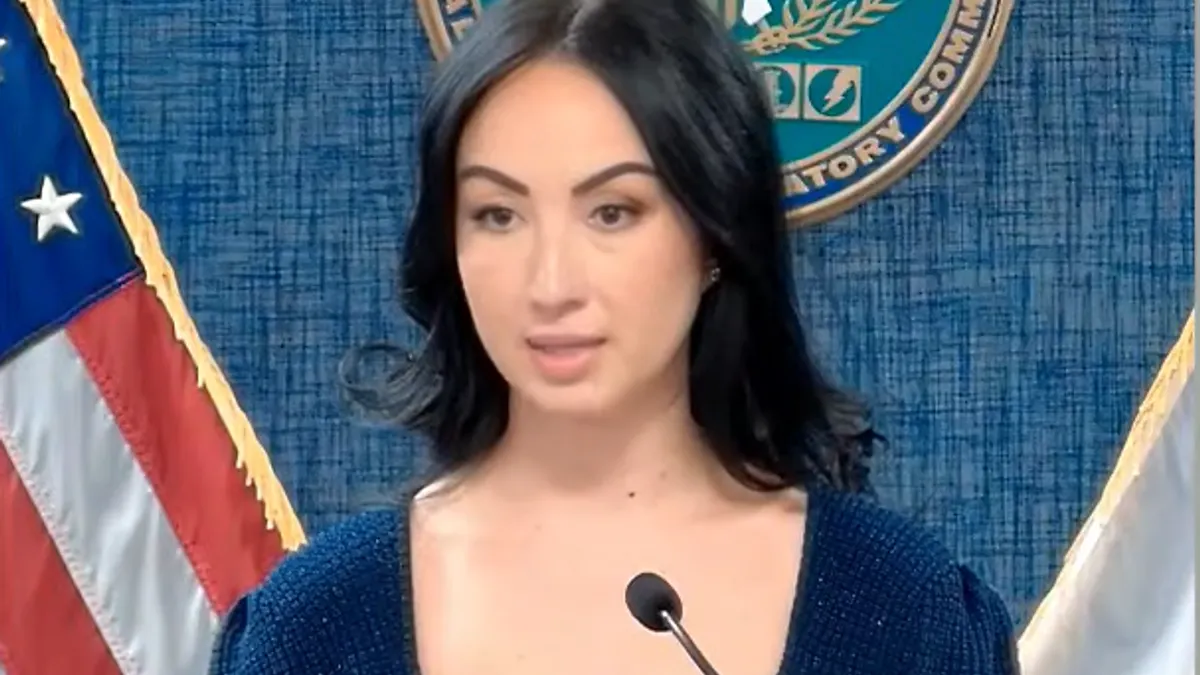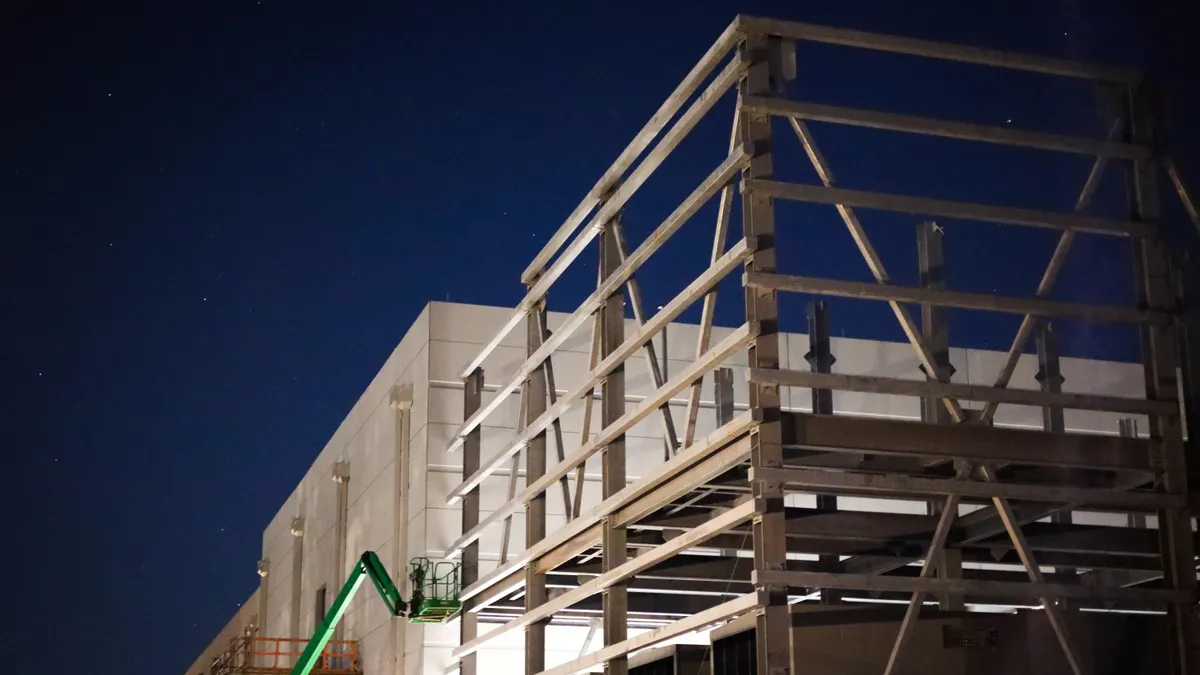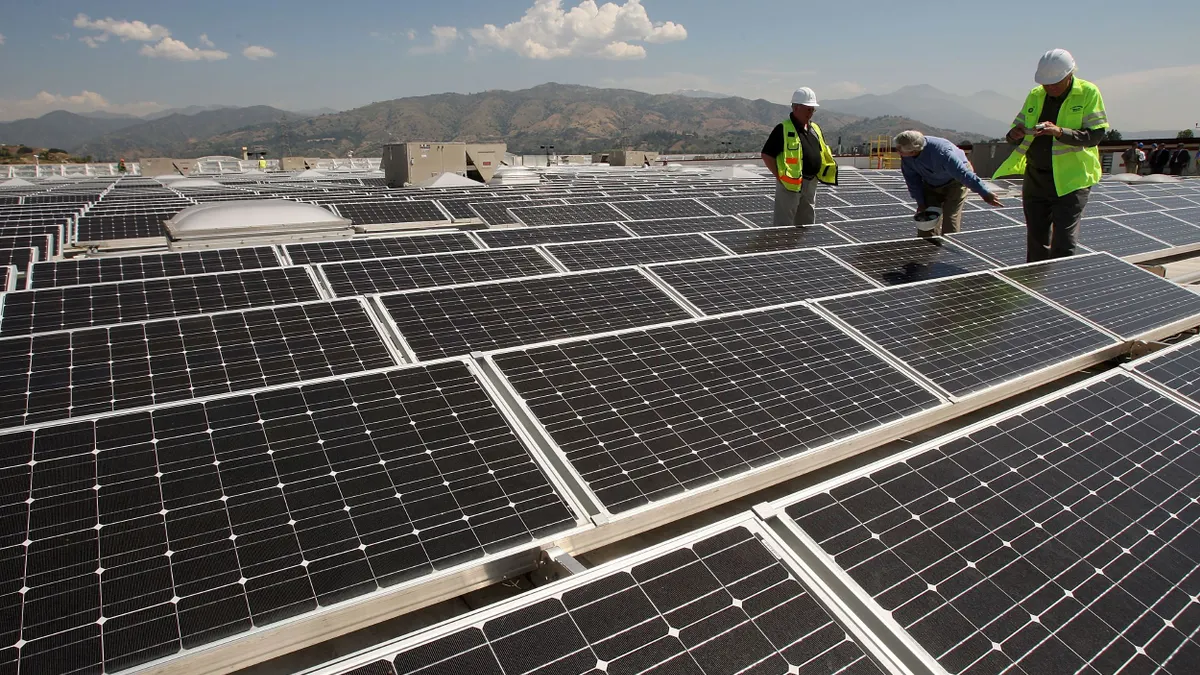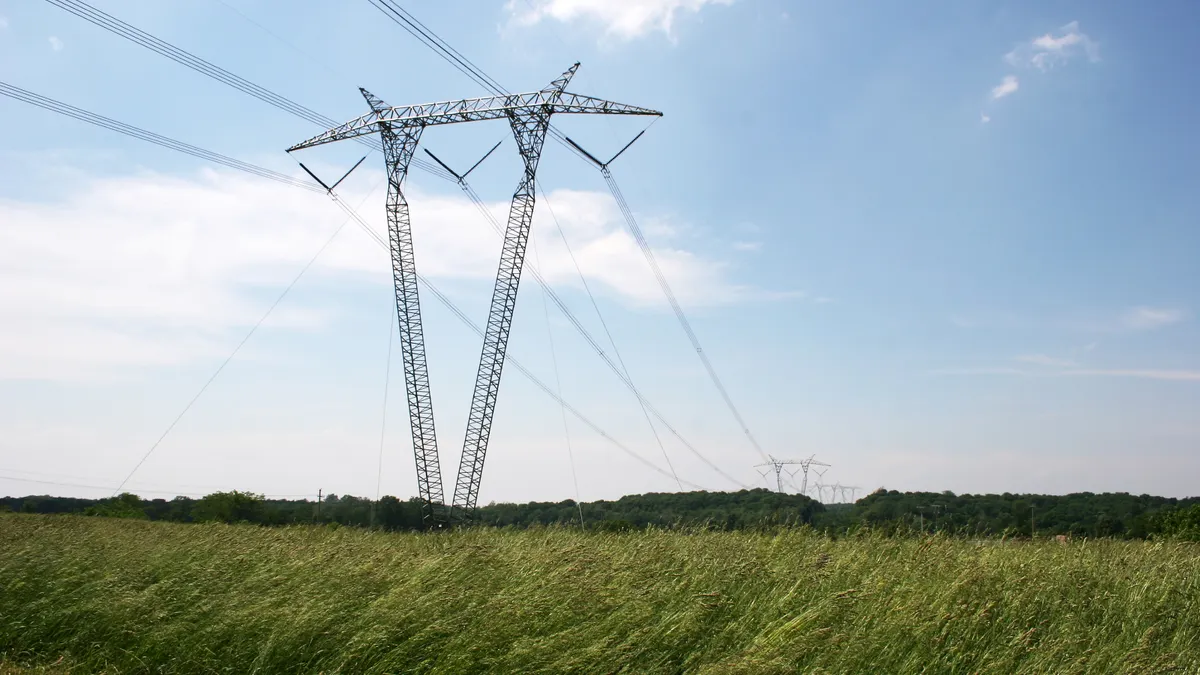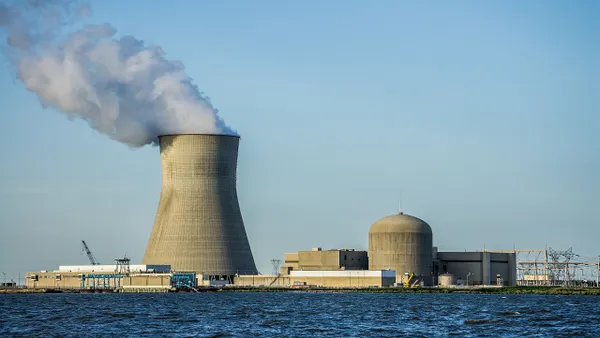As fires raged across the Los Angeles region in January, regional electric utility Southern California Edison cut power to more than 360,000 customers. Some remained without service for weeks.
The event was one of dozens of public safety power shutoffs tracked by California’s public utility regulator over the past year. Power lines are more prone to failure in hot, windy weather, sometimes sparking fires that quickly burn out of control, the California Public Utilities Commission says. Electric companies deenergize them to reduce the risk of devastating events like 2018’s Camp Fire, which killed 85 people and pushed Northern California utility Pacific Gas and Electric into bankruptcy.
“Any time you get hot weather and winds, you’re going to see PSPS events,” said Marc Starkey, a California-based account executive in Schneider Electric’s sustainability business. Some vulnerable areas see up to 10 PSPS events per year, he said.
In response, municipal governments and school districts across California are setting up microgrids that enable them to maintain critical infrastructure and services using locally produced power. Ojai Unified School District, for example, tapped Schneider to deploy a microgrid powered primarily by solar panels and batteries. The project will provide backup power for a school facility that is a designated evacuation site and served as a Red Cross shelter after a 2017 wildfire.
But as Republicans in Congress push through a budget reconciliation bill that could remove key federal backing for clean energy resources, local resilience efforts, like those from Ojai’s school district, face an uncertain and potentially more expensive future, Starkey said.
Financial threats and opportunities for microgrid customers
As passed by the House, the reconciliation bill would effectively eliminate clean energy tax credits worth 30% or more of qualified investments in projects that begin construction 60 days after it’s signed into law. President Trump supports the bill and has said he wants Congress to pass it by July 4. Though some lawmakers are skeptical about hitting that deadline, Schneider isn’t taking any chances, Starkey said.
“Our strategy is … you have to have your project in construction in September to qualify for the investment tax credit,” Starkey said. “As we’re getting customers under contract, if we can procure solar panels well in advance of the design being finalized and in construction, we do that.”
For now, tax-exempt entities like city governments and school districts can tap those federal tax credits using the “direct pay” framework created by the Inflation Reduction Act of 2022.
The GOP budget would also rescind billions in clean energy funding authorized by the Inflation Reduction Act, which provides loan guarantees and grants to microgrid projects in California and elsewhere across the U.S..
The good news for municipalities, school districts and other facility operators interested in microgrids is that they can often turn to state or local grants, utility rebates and other low-cost financing.
That’s on top of the potentially significant utility bill savings from powering regular operations with on-site solar and batteries, which Schneider can then leverage in longer-term structured performance contracts, Starkey said.
Also known as energy savings performance contracts and often involving energy-efficient upgrades like LED lighting, new HVAC and digital building controls, those contract arrangements help mitigate the upfront costs of major energy-related upgrades and insulate customers from future utility rate hikes, the U.S. Department of Energy says.
ESPC customers generally own their energy systems, allowing them to depreciate the investment over time. Energy-as-a-service agreements, or EaaS, offer a turnkey alternative for customers not interested in financing and maintaining the infrastructure themselves.
Most Schneider customers prefer direct ownership, which is fine with the company — but it’s also willing to work with those that just want to buy power generated on-site, Starkey said.
Schneider offers two EaaS solutions, AlphaStruxure and GreenStruxure, in partnership with private equity firms Carlyle Group and Blackstone. The average AlphaStruxure customer requires more than 5 megawatts of power, the equivalent of 5,000 typical homes, while GreenStruxure is a zero-carbon solution for commercial and industrial customers that spend at least $500,000 per year on electricity, Schneider says.
Keeping the lights on when it really matters
Beyond direct financial savings, microgrids have indirect benefits like fewer operational disruptions, Starkey said. Some PSPS events anticipate actual wildfire emergencies, as in Los Angeles this winter, but many do not. Without reliable, backup power, schools and municipal service providers may need to close or curtail activities during longer shutdowns.
“[Our customers] are saying, ‘Hey, we want to keep our students in school,’” Starkey said.
Because states fund schools based on average daily attendance, extended or repeated closures may result in significantly less revenue over the course of a school year, Starkey said. And in an actual emergency — or even abnormally hot weather, when schools and other municipal facilities may double as cooling centers — backup power is critical to ensure vulnerable residents have a safe place to go, he said.
Most microgrids combine renewable energy sources like solar panels with fossil-fuel generators and batteries for backup power, Schneider says. But Starkey said it’s easy enough to tailor the mix of power sources to the needs of a particular site or user, including those with strict emissions-reduction goals.
“We definitely want to meet the vision of the customer in terms of their sustainability and climate action goals,” he said. Schneider’s solar-powered parking shelters and two-way “vehicle-to-grid” ports support the growing number of California customers that need to run electric fleet vehicles — or use them as mobile backup batteries — when the grid is down.
On the other hand, some customers already have diesel generators and want to be able to plug them into new microgrids. Schneider’s microgrid at the Ojai Unified School District offers this flexibility, Starkey said. Solar-and-battery combos can provide reliable backup power for relatively long periods in sunny California, but customers with mission-critical needs generally want to have generators on hand for added resilience in multiday outages, he said.
Regardless of their sustainability or technology preferences, Starkey tells facility operators to spend time on the front end figuring out which systems and functions truly need to be backed up. A municipal customer might go into a project expecting to back up its entire civic center, then consult with someone like Starkey and settle on a smaller system to serve just critical functions like IT and public works, he said.
Realistic outage duration and frequency projections are important too, Starkey said. In areas not prone to long PSPS events or general grid unreliability, that exercise keeps costs in check without compromising performance.
“The last thing we want to do is spend a bunch of money oversizing a solar and battery system to last for days when really you need [one] a fraction of that size,” Starkey said.





